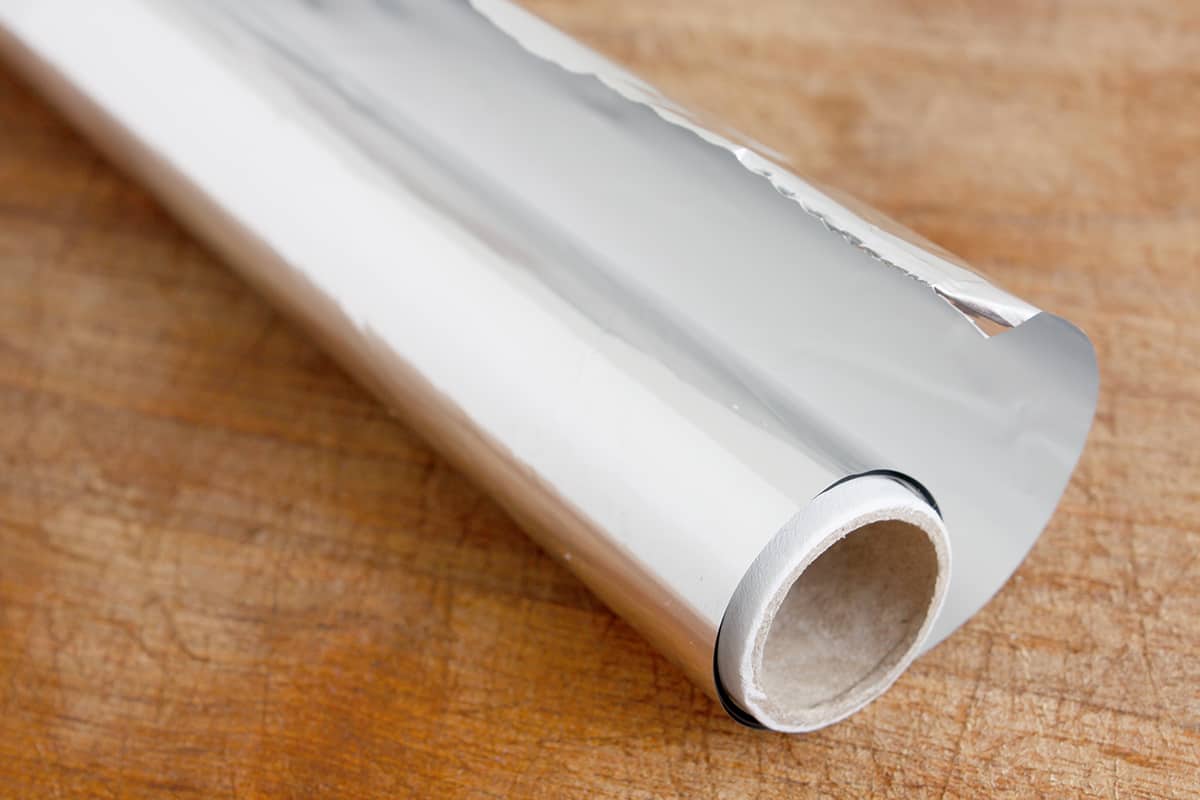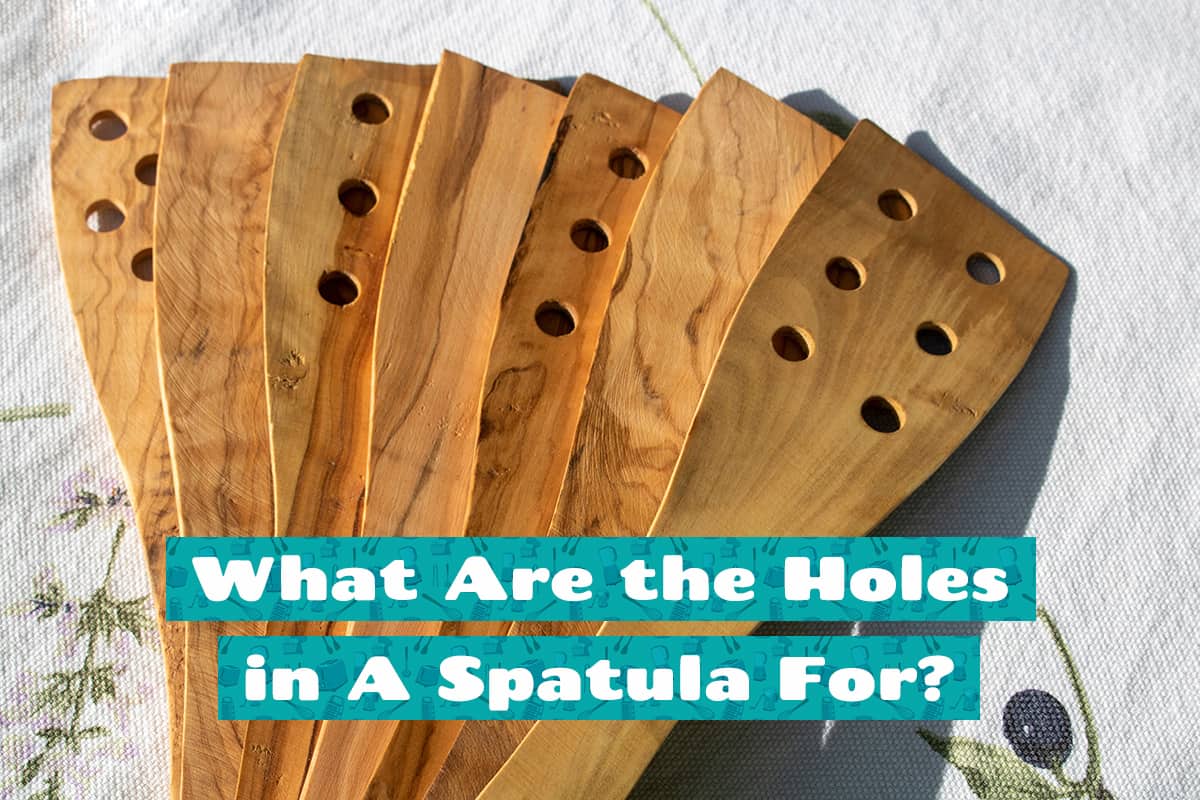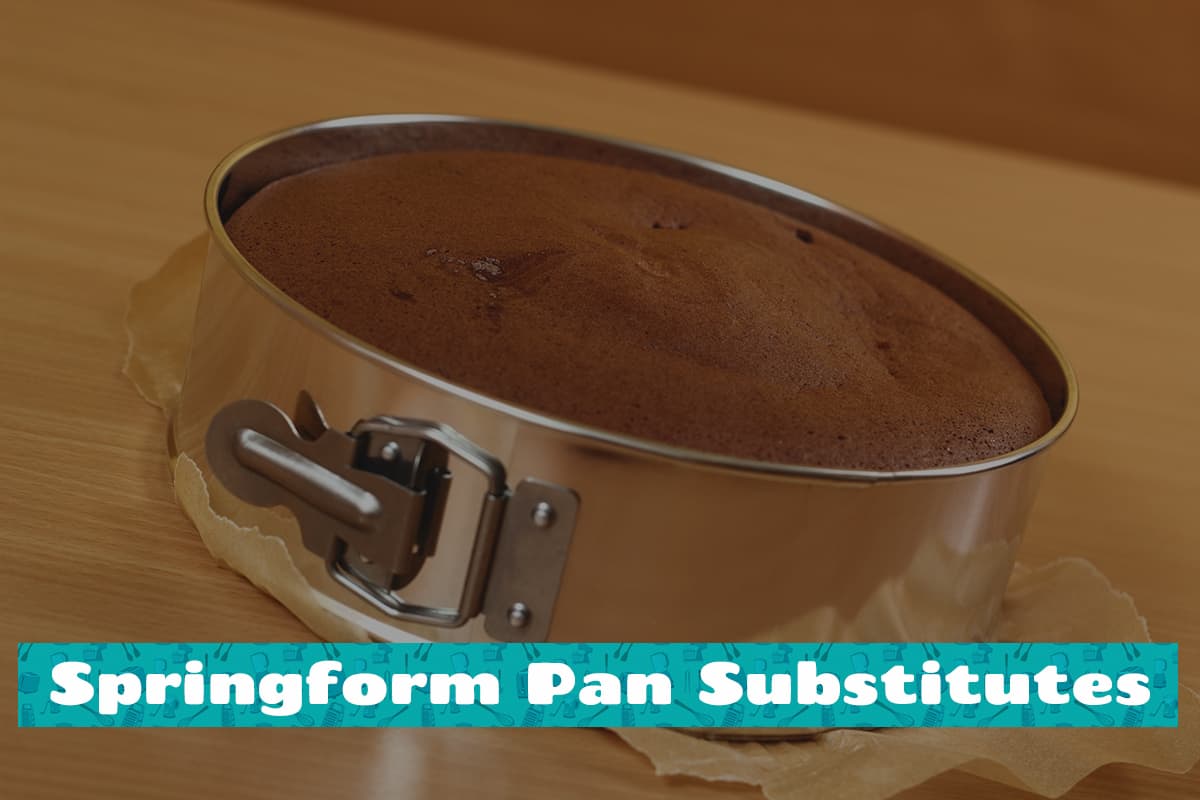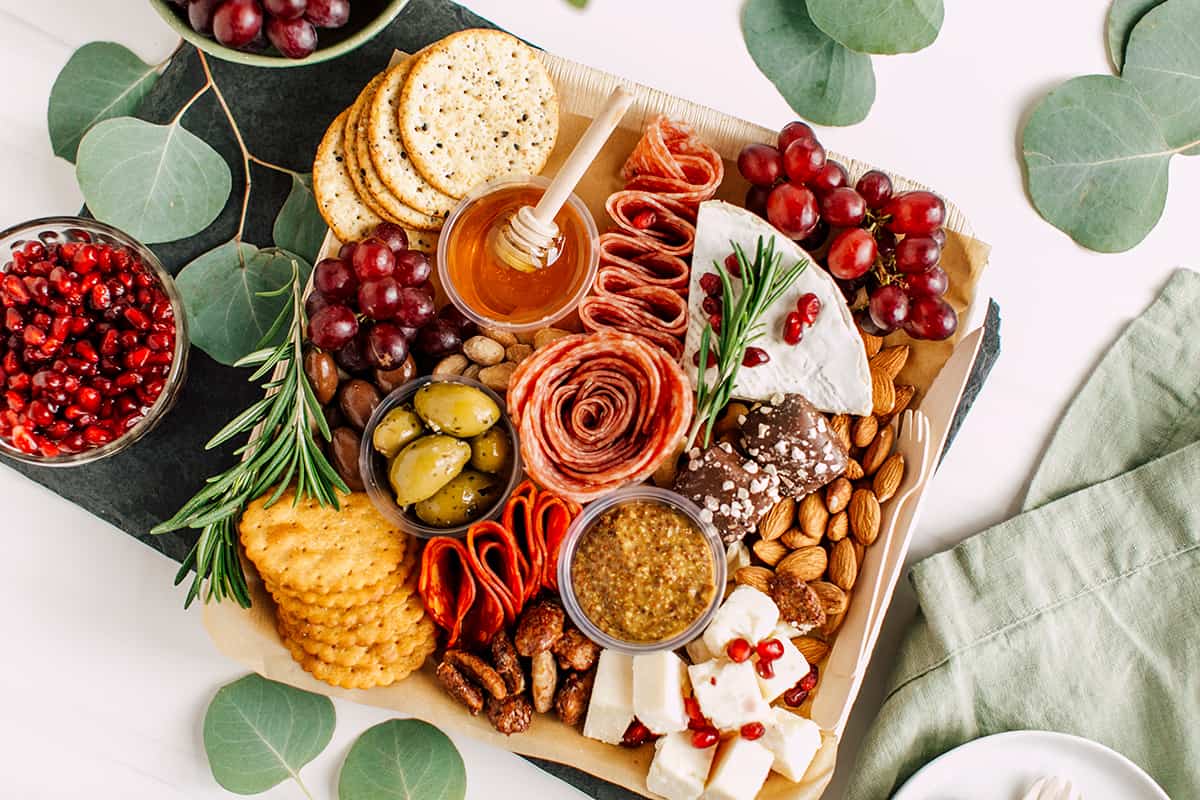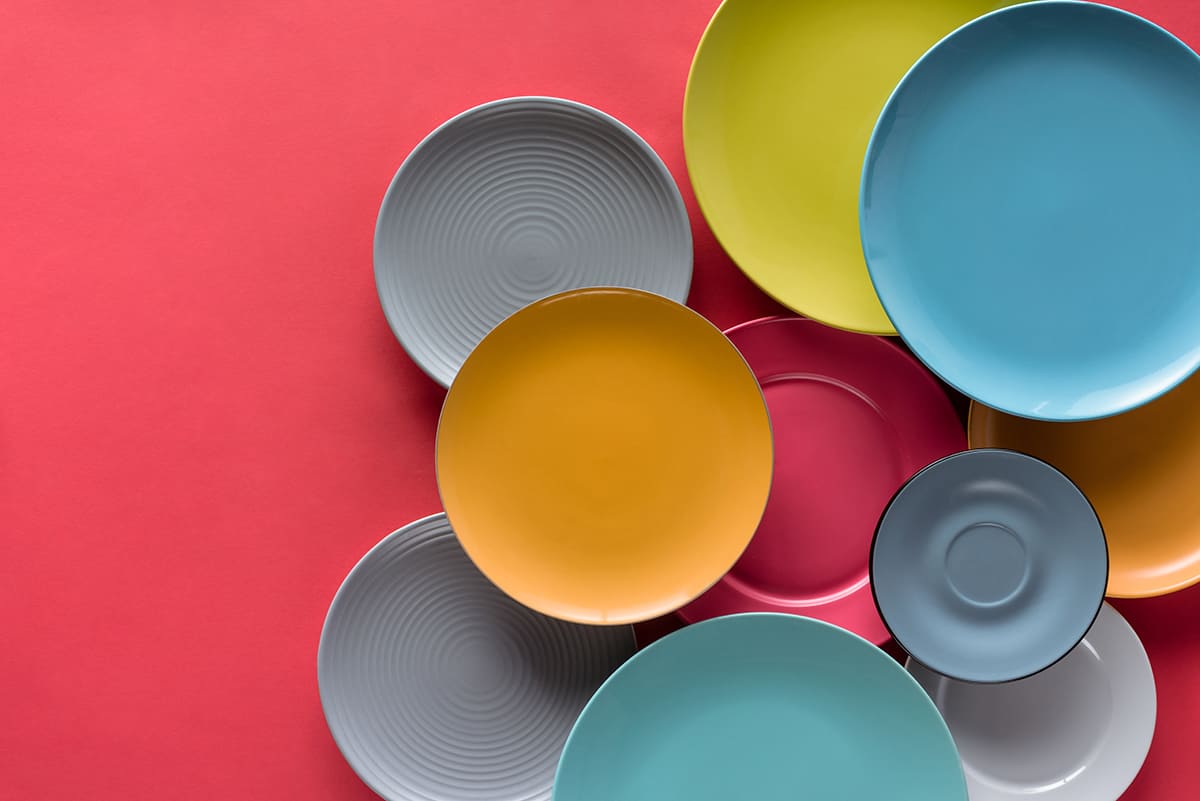Aluminum foil is a common household item that is used for a variety of purposes. From wrapping up leftovers to lining baking trays, aluminum foil has become a staple in many kitchens. However, have you ever stopped to consider the different sizes of aluminum foil and their uses?
Consumer-grade aluminum foil typically measures 12 inches wide and 25, 50, 75 (most common), or 200 feet long, and 0.00063 inches thick. Commercial aluminum foil is usually 18 inches wide and spans 500 or even 1,000 feet long, with a thickness of about 0.00095 inches.
The size of aluminum foil you choose can make a big difference in how it is used, from cooking times to how well it can protect your food from the elements. In this blog post, we will explore the world of aluminum foil sizes and their various applications, providing you with valuable insights into this versatile kitchen item.
Standard Aluminum Foil Sizes
Knowing the different sizes can help you choose the right foil for your needs, whether it’s for cooking, baking, or other purposes. In this section, we’ll explore the various standard aluminum foil sizes available for both consumer and commercial use.
Consumer Sizes
Standard aluminum foil is typically sold in rolls with a width of 12 inches (30 cm) and lengths of 25 feet (7.62 meters), 50 feet (15.24 meters), 75 feet (22.86 meters), and 200 feet (60.96 meters).
These sizes are convenient for everyday household tasks, such as wrapping food for storage or lining baking pans. Heavy-duty foil, which is thicker and more durable, is also available in similar roll sizes but can better withstand high heat and resist tearing.
Commercial Sizes
For commercial use, such as in restaurants or catering businesses, aluminum foil is available in larger roll sizes. Food service rolls typically have a width of 18 inches (45 cm) and lengths of 500 feet (152.4 meters) or 1,000 feet (304.8 meters).
These larger rolls are designed to withstand the demands of professional kitchens, ensuring that foil is always readily available for various tasks. Industrial aluminum foil rolls, used for applications like insulation or electromagnetic shielding, come in even larger sizes and thicknesses to accommodate specialized needs.
Understanding Foil Thickness

Foil thickness is often expressed in inches or mils, with one mil being equal to 0.001 inches or 0.0254 millimeters. Understanding these measurements can help you choose the most suitable foil for your needs.
Standard household aluminum foil typically has a thickness of around 0.00063 inches (0.016 mm) or 0.63 mils, making it suitable for everyday use such as wrapping food or lining pans. Heavy-duty aluminum foil, on the other hand, is thicker, with a measurement of around 0.00095 inches (0.024 mm) or 0.95 mils. This extra thickness provides increased strength and heat resistance, making it ideal for high-temperature cooking, grilling, or covering sharp-edged food items.
Foil Thickness vs. Application
The thickness of aluminum foil plays a crucial role in determining its suitability for various applications. In this section, we’ll examine how foil thickness can impact different uses, including cooking, baking, grilling, and food storage, to help you select the right foil for your needs.
Cooking and baking
For cooking and baking, standard foil is generally sufficient to cover dishes or line baking pans. However, if you’re dealing with high heat or sharp-edged items like bones, heavy-duty foil is recommended for its added strength and durability.
Grilling
When grilling, using heavy-duty foil is especially important due to its higher heat resistance, which can prevent tearing or punctures while cooking.
Food storage and preservation
In terms of food storage and preservation, standard foil is usually adequate for wrapping items like sandwiches or leftovers. If you need to store food for extended periods or protect it from extreme temperatures, consider using heavy-duty foil for its increased barrier properties and resistance to punctures.
DIY Foil Hacks

Aluminum foil is not only versatile in the kitchen but can also be used creatively for various DIY hacks. Let’s explore some unique and resourceful ways to use aluminum foil beyond its typical applications.
1. Pan scrubber
Crumple up a piece of foil into a ball to create a makeshift scrubber for cleaning stubborn baked-on residue from pots and pans. This method is especially useful for non-stick surfaces where abrasive scrubbers cannot be used.
2. Custom shapes
To create a custom shape for a baking dish or mold, simply fold and shape the foil to your desired form. This can be particularly helpful when baking items that require a specific shape or when separating different foods on a single baking sheet.
3. Foil Funnel
In a pinch, you can fold a piece of foil into a funnel shape to easily transfer liquids or dry ingredients from one container to another without spills.
4. Polishing silverware
Line a container with aluminum foil, shiny side up, and fill it with hot water and a tablespoon of baking soda. Soak your tarnished silverware for a few minutes, and the tarnish will transfer to the foil, leaving your silverware clean and shiny.
Aluminum Foil Recycling
Aluminum foil recycling is crucial for reducing waste and conserving resources. Being a recyclable material, it’s important to dispose of used foil properly to minimize its environmental impact.
Before recycling, clean the foil by rinsing or wiping off any food residue. Once clean, crumple it into a ball to prevent it from getting caught in the recycling machinery. Be sure to check with your local recycling facility for any specific guidelines they may have.
FAQs
1. What is the difference between heavy-duty and standard foil?
The main difference between heavy-duty and standard foil is its thickness. Heavy-duty foil is thicker and more durable, making it suitable for high-heat applications and tasks requiring added strength.
2. Can I use aluminum foil in a microwave oven?
It’s not recommended to use aluminum foil in a microwave oven, as it can cause sparks, potentially damaging the oven or causing a fire.
3. How can I prevent food from sticking to aluminum foil?
To prevent food from sticking to aluminum foil, apply a thin layer of cooking oil or non-stick spray to the foil before placing the food on it.
4. Is it safe to cook acidic foods in aluminum foil?
Cooking acidic foods in aluminum foil is generally safe. However, some studies suggest that prolonged contact with acidic foods may cause small amounts of aluminum to leach into the food. Using non-reactive containers like glass or ceramic is recommended for cooking highly acidic dishes.
